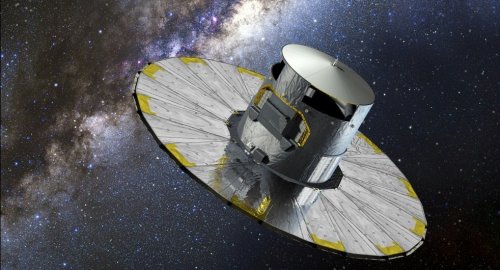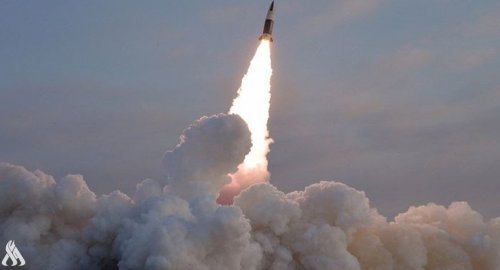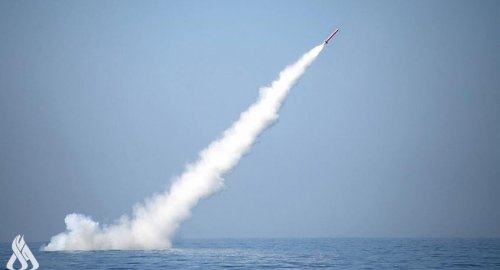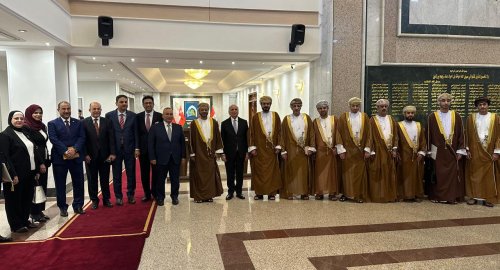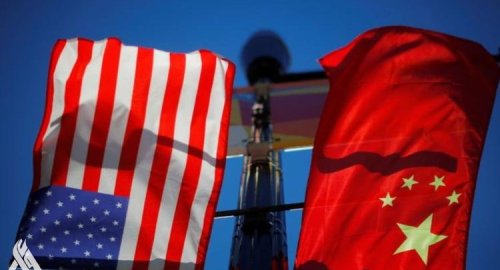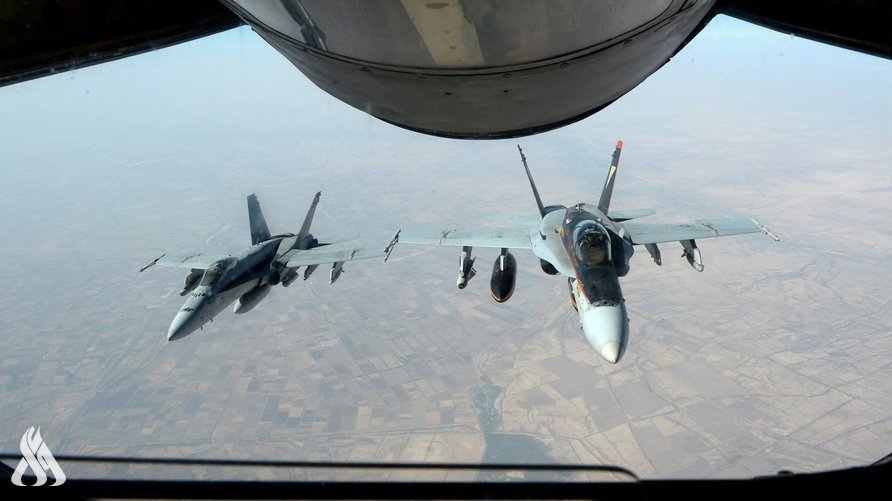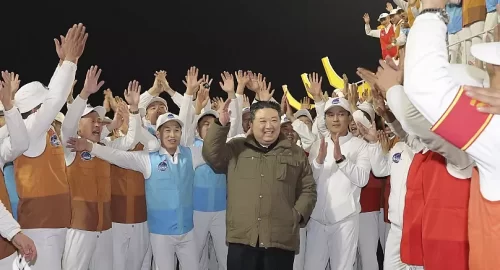
South Korea boosts surveillance after North launches spy satellite

- 23-11-2023, 08:35
INA- sources
South Korea on Wednesday suspended part of a 2018 military agreement with North Korea after Pyongyang defied warnings from the United States and drew Western condemnation by launching a spy satellite.
The suspension of a clause in the agreement will see South Korea step up military surveillance along the heavily fortified border with North Korea.
Pyongyang said it placed its first spy satellite in orbit on Tuesday. Photographs in state media showed leader Kim Jong Un watching the launch of a rocket from a base.
Kim was later briefed on the satellite's operations at the control centre of the space agency in Pyongyang and viewed images taken above the U.S. Pacific territory of Guam of U.S. military installations, including the Andersen Air Force Base, North Korea's KCNA state news agency said.
North Korea followed the satellite launch by firing an unspecified ballistic missile toward the sea east of the Korean peninsula late on Wednesday, but that appeared to have failed, South Korea's Yonhap news agency reported, citing the South Korean military.
The G7 foreign ministers of Canada, France, Germany, Italy, Japan, the United Kingdom, the United States and the EU condemned the satellite launch and called for a "swift, united, and robust" international response, particularly by the U.N. Security Council.
A G7 statement reiterated condemnation of alleged North Korean arms transfers to Russia and expressed deep concern about the potential for any transfer of nuclear- or ballistic missile-related technology to North Korea.
U.S.-led efforts to boost U.N. sanctions on North Korea have failed in recent years due to opposition from veto-wielding China and Russia.
KCNA said Kim stressed the need for more reconnaissance satellites on different orbits to give his armed forces "abundant valuable real-time information about the enemy and further promote their responsive posture."
The satellite would begin its reconnaissance mission on Dec. 1, after adjustments, KCNA said.
South Korea's military said the satellite was believed to have entered orbit, but it would take time to assess whether it was operating normally. The Pentagon has said the U.S. military was assessing whether the launch was a success.
Jonathan McDowell, of the Harvard–Smithsonian Center for Astrophysics, told Reuters U.S. Space Force data had catalogued two new objects in an orbital plane consistent with the launch from North Korea.
"I conclude the objects are the spy satellite and the rocket upper stage," he said.
The launch came just over a week before South Korea plans to send its first spy satellite into space on a rocket operated by the U.S. company SpaceX.
South Korea's Defence Minister Shin Won-sik said North Korea had "exaggerated" by saying Kim had viewed images of U.S. military installations at Guam.
"Even if it enters normal orbit, it takes a considerable time to carry out normal reconnaissance," Yonhap quoted him as saying. "Taking photos of Guam cannot be done on the first day, if you have any knowledge of satellites."
Shin said it would take at least until the weekend to tell whether the satellite is functioning.
The suspended North-South pact, known as the Comprehensive Military Agreement and aimed at de-escalating tension between them, was signed at a 2018 summit between Kim and then South Korean President Moon Jae-in.
Critics have said the pact weakened Seoul's ability to monitor North Korea while Pyongyang had violated the agreement.
SHOW OF FORCE
In response to North Korea's nuclear and missile programs, the U.S. nuclear-powered submarine USS Santa Fe docked at a South Korean port on Wednesday, a day after the arrival of the Carl Vinson aircraft carrier.
On a visit to the carrier, Defence Minister Shin said maritime exercises with the United States and Japan were planned to show "strong will" to respond to any North Korean provocation, his office said.
U.N. Secretary-General Antonio Guterres urged North Korea to fully comply with U.N. resolutions, which bar its use of technology applicable to ballistic missile programmes.
The foreign ministry of China, North Korea's closest ally, called on all parties to ensure peace and stability.
KCNA said the Malligyong-1 satellite was launched on a Chollima-1 rocket from the Sohae satellite launch facility at 10:42 p.m. (1342 GMT) on Tuesday and entered orbit at 10:54 p.m. (1354 GMT).
North Korea had notified Japan of a satellite launch after two failed attempts to put what it called spy satellites into orbit this year.
RUSSIA CONNECTION
Tuesday's launch was the first since leader Kim met Vladimir Putin at a Russian space facility in September, where the Russian president promised to help the North build satellites.
South Korean officials said the North Korean launch most likely involved Russian technical assistance under a growing partnership that has seen Pyongyang supply Russia with millions of artillery shells.
"Didn't the first and second attempts fail because of engine problems? This time, the biggest feature is the success of the engine... It shows that Putin's offer to help in August was not a pretence," Shin said.
However, some missile experts said it was too soon for Russian technical assistance to have been fully incorporated and doubted Russia would have shared highly sensitive and proprietary technology.
Russia and North Korea have denied arms deals but have promised deeper cooperation.
source: Reuters
Al-Sudani launches construction of North Thermal Power Plant
- politics
- 12:03
PM Al-Sudani arrives in Nineveh
- politics
- 10:17
China Says It 'Firmly Opposes' US Military Aid To Taiwan
- International
- 07:36
US Central Command: We killed ISIS terrorist leader Abu Yusuf in Syria
- International
- 24/12/20
Liverpool compete with Real Madrid to sign Olympique Lyonnais star
- Security
- 24/12/19
ISC, ADX discuss Strengthening Economic Ties
- Economy
- 24/12/16
Iraq assumes presidency of Arab Investment Company’s Executive Board
- Economy
- 24/12/17
